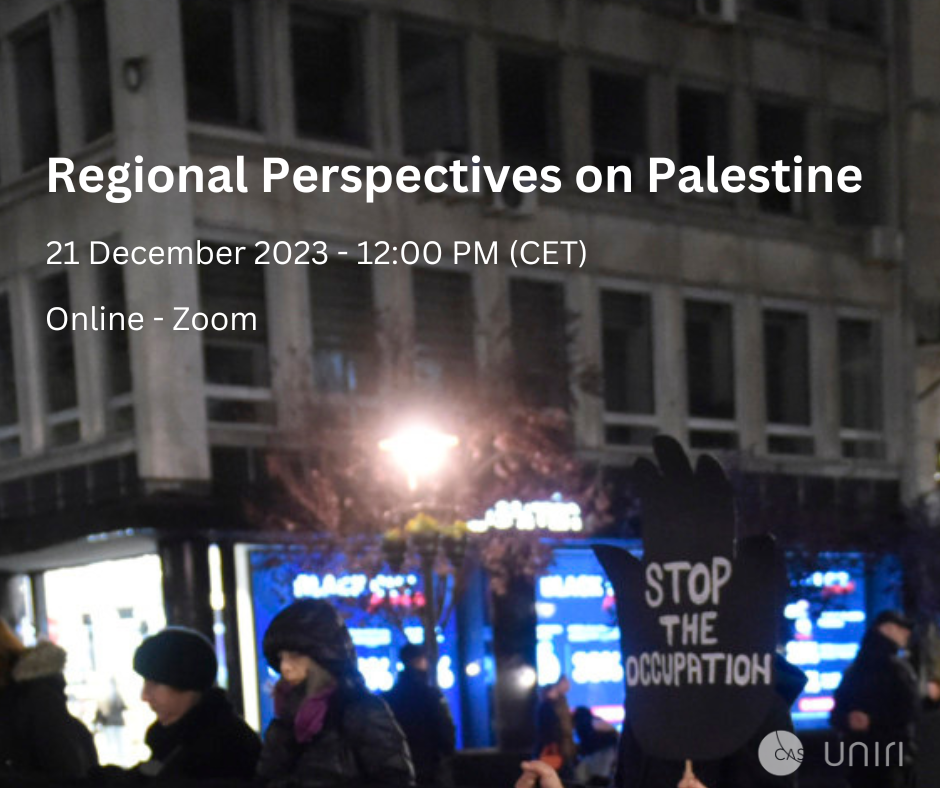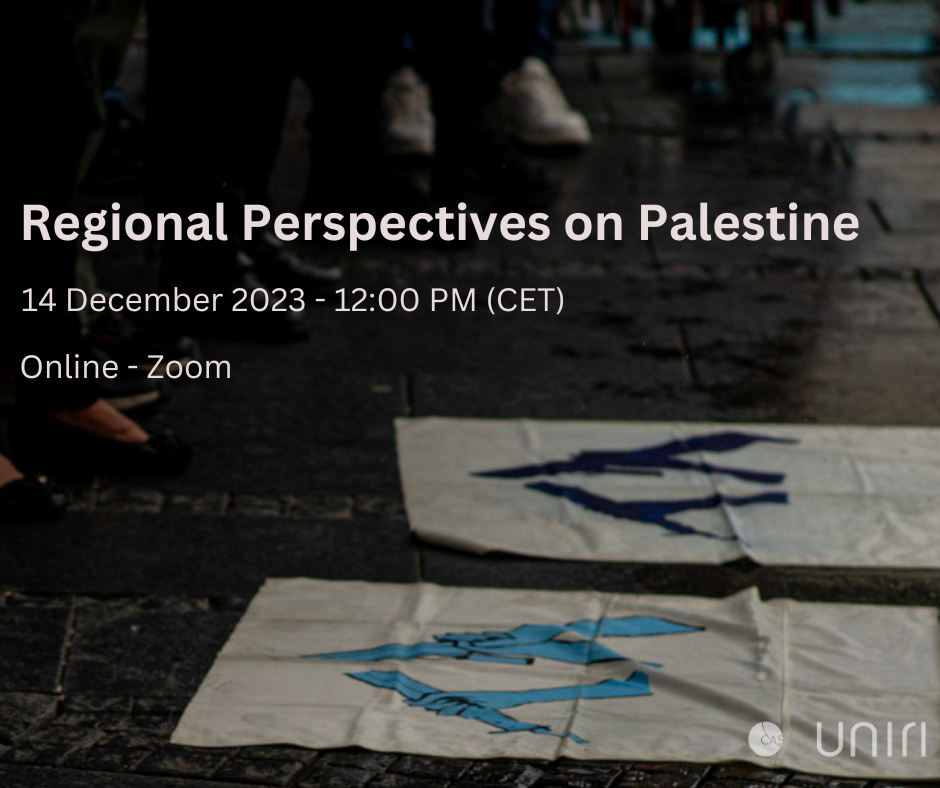The East European Dissidence in a Transnational Perspective
Globalization and the post-2008 financial crisis have generated modes of opposition and dissent, be they dissent from global political-economic systems, opposition to international institutions or to local political regimes, and we are witnessing the emergence of a new type of global politics – the politics of dissent and protests. Contemporary protests, however, often draw from modes and imaginations of earlier modes of dissent. In this context, the presentation argues that the relevance of East European dissidence goes beyond the historical contexts where it was manifested and it can be fruitfully situated in a comparative political theory of dissent and in a genealogy of civil disobedience. Although the standard (Rawlsian) theory of civil disobedience, tailored for a ‘more or less just society’, dismissed the relevance of Eastern European dissidence as taking part in an unjust and non-democratic political regime, the presentation shows that there are important points of intersection between theory of civil disobedience and this historical episode of dissent. Further, the presentation will map the differences between these two patterns of dissent, arguing that the specificity of East European dissidence as a pattern of dissent can have more relevance than the standard civil disobedience for understanding resistance in the current globalized context, where power, be it political or economic, has non-democratic elements. Therefore, the theoretical underpinnings of the Eastern European dissidence, properly recognized, point out how the idea and practice of dissent emerged and evolved, becoming increasingly transnational in nature and scope.




